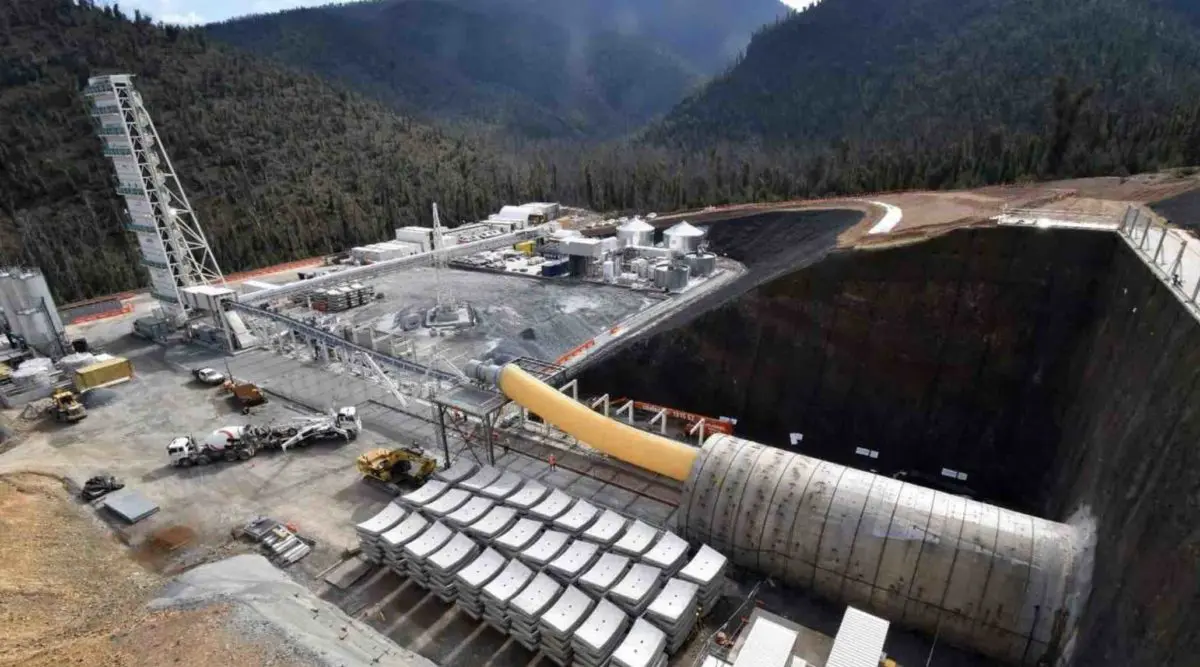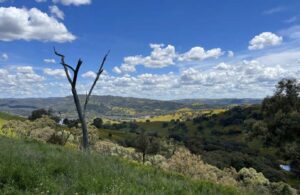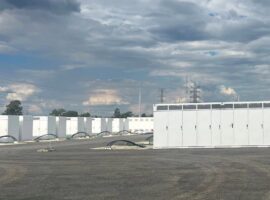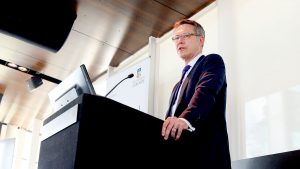The federal government owned energy utility Snowy Hydro says it is still not sure when its incident-prone tunnel boring machine known as Florence can be set free from its latest problem – getting wedged in hard rock.
The latest incident occurred on May 15, and was promptly announced by the new leadership of Snowy Hydro, in contrast to the problems, delays and cost blowouts that were hidden – even from the government owner and then taxpayers – when Florence became bogged in soft ground, unable to move for months.
Current CEO Dennis Barnes told a Senate Estimate committee on Tuesday night that Florence was wedged in a “pinch-point” of very hard rock in a curve of the 15km tunnel it is trying to excavate. So far it has done just 800 metres, and has been stopped in its tracks again.
Barnes said that very high-pressure water jets are being used to remove the “hard and abrasive” rocks, but he said he could not say how long it will be before restarting Florence can be considered. That will be determined once the rock is removed.
He confirmed that the company is still considering buying a fourth tunnelling machine (he said they cost around $100 million each) to help Florence by starting work at the other end of the tunnel.
It’s not the only problem the project is facing. The Snowy team admits also miscalculated on tunnelling and blasting work in the main cavern – some 15kms away from Florence – resulting in a “cave-in”, or roof fall.
“We got it wrong by about half a meter and it blew through into the tunnel,” Barnes said. But he insisted it was only a miscalculation, and won’t impact the project as a whole.
Snowy Hydro insists, however, that despite the cost blowouts – now at $12 billion, up from the original estimate of just $2 billion and twice the first detailed budget – the project is still worth more than it was at the start, with a “net present value” of more than $3 billion according to a new assessment released last week.
That is predicated on an increased capacity – now 2,00 MW – and more generation, operating at up to six to eight hours a day. It depends, some analysts say optimistically, on being able to operate that often, and not having the growing amounts of battery storage eating its lunch and stealing its market share by offering cheaper turnarounds.
The delays in the project – now not expected to be working until the end of the decade – and the cost blowouts have turned Snowy 2.0 into something of an embarrassment for the federal government. Apart from the impact on its own green transition plans, it has caused many other projects to be abandoned, because of its sheer size.
And the massive blow-out in costs, unsurprisingly, is providing a launch pad and cover for conservatives and green transition critics to push their own preferred technology, nuclear power.
“Some people would say we could do nuclear for the same price,” Nationals senator Perin Davey told the committee.
And don’t expect that – despite the fact that most of the world’s pumped hydro was built half a century ago to support inflexible nuclear – to be the last you hear of that line of attack, much to the frustration of the many who argued – right from the start – that Snowy 2.0 was a bad idea, and not needed for Australia’s renewable transition.
The one piece of “good news” from Snowy Hydro’s Senate Committee appearance was the assessment that another of its controversial projects, the new 660 MW Kurri Kurri gas power station in the Hunter Valley, will be finished on time by the end of the year.
But it won’t be running on gas, and certainly not the partial green hydrogen promised in the original plan, at least initially. That’s because the new gas pipeline needed to supply the plant has not been built yet, and the green hydrogen hasn’t been sourced. So the facility will be operating on trucked in diesel until that time. That’s a lot of diesel.










